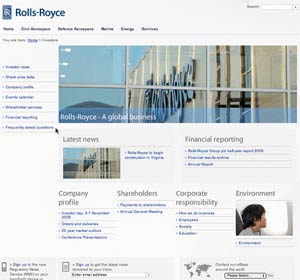 Academics are big on constructing hypothetical models to prove their financial theories. They blithely disregard such things as taxes, transaction costs and the fact that emotional, sometimes illogical humans are part of the market process. In short, they don’t allow messy reality to interfere with their elegant equations. Many an academic prize (and even some Nobel Prizes) have been won by building explanatory models that make such huge assumptions. In fact, my favorite quote about finance makes a nod to this as it relates to the Efficient Market Hypothesis. Fischer Black, a former Professor at the Massachusetts Institute of Technology (MIT), which sits next to the Charles River in Cambridge, Massachusetts, took a job with Goldman Sachs in New York, situated next to the Hudson River. After working there for a while, he was heard to remark, “Markets look a lot less efficient from the banks of the Hudson than from the banks of the Charles”[1]
Academics are big on constructing hypothetical models to prove their financial theories. They blithely disregard such things as taxes, transaction costs and the fact that emotional, sometimes illogical humans are part of the market process. In short, they don’t allow messy reality to interfere with their elegant equations. Many an academic prize (and even some Nobel Prizes) have been won by building explanatory models that make such huge assumptions. In fact, my favorite quote about finance makes a nod to this as it relates to the Efficient Market Hypothesis. Fischer Black, a former Professor at the Massachusetts Institute of Technology (MIT), which sits next to the Charles River in Cambridge, Massachusetts, took a job with Goldman Sachs in New York, situated next to the Hudson River. After working there for a while, he was heard to remark, “Markets look a lot less efficient from the banks of the Hudson than from the banks of the Charles”[1]
As I consider myself only a quasi-academic – that is I teach but I don’t engage in any of the pedantic research that clogs the academic financial journals (plus, I have not yet sewn patches on the elbows of my tweed jacket, nor have I taken up smoking a pipe), I thought I would serve up for the benefit of our readers a theoretical quasi-model to help them think about the value of investor relations. Recognizing that investor relations is a discipline that involves real people and information, I will keep it quasi-simple.
Start by thinking of two hypothetical firms, both in the same industry and each performing exactly the same in financial terms. That is to say, according to their past performances, their growth rates are similar, their rates of return do not differ in any material way and they serve the same customer base. Firm A discloses exactly what is required by the regulations, and nothing more. It makes no effort to explain its more complicated accounting treatments and it does not reveal anything about its strategy or future plans. It does not respond to investor inquiries, does not make management available to investors and analysts, and does not present at any industry conferences. In short, beyond the regulatory filings it makes, it remains silent.
Firm B on the other hand, tries to be as open and transparent as possible, going beyond the regulatory disclosure requirements to explain its business and strategy, meeting with investors and keeping up a steady stream of information that keep investors informed on a timely basis, not just on a regulatory filing basis. Management meets with investors and regularly presents at industry conferences.
The question to be asked then, is under that hypothetical situation, should Firm B get a higher valuation than Firm A? I submit that under these conditions, it is highly likely that a premium will be attached to the valuation of Firm B, compared to Firm A. There are several reasons for this, chief of which is that investors will view the greater transparency into operations and management thinking about the future as enabling them to make better estimates about future cash flows. Secondly, the cost of acquiring information has been lowered by Firm B, and this should show up in their valuation. Finally, the amount of information asymmetry between the company and the investors has been lowered by Firm B, which should also be reflected in a higher valuation.
Now, if you want to nominate me for an academic prize, be my guest. Of course, with my luck it will turn out to be a quasi-prize…
[1] As quoted in Against the Gods by Peter L. Bernstein.





